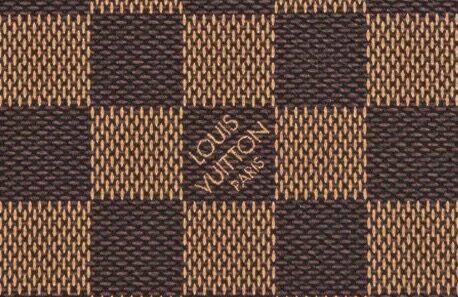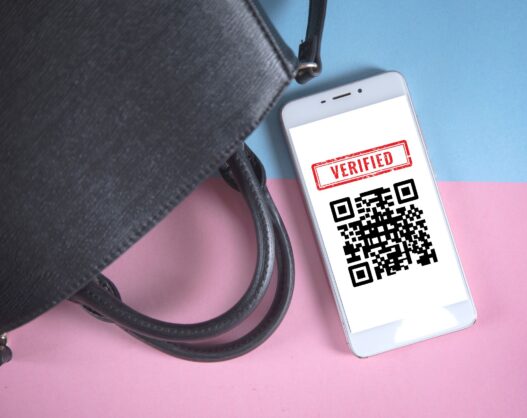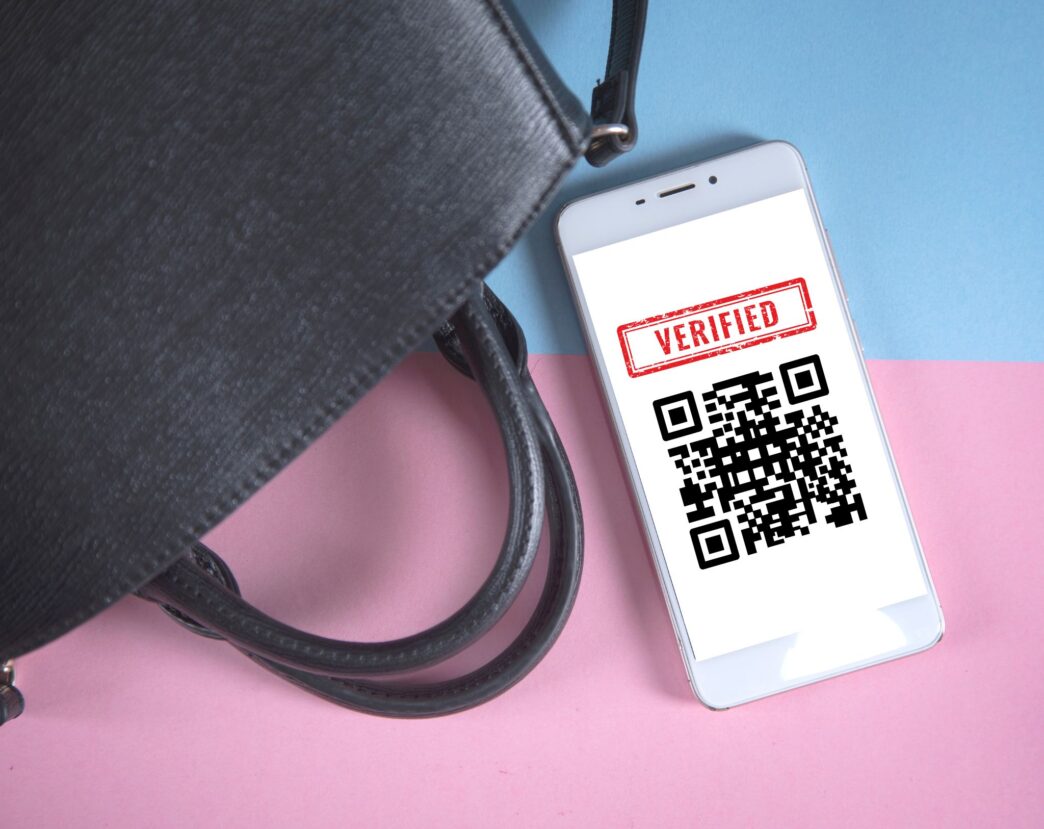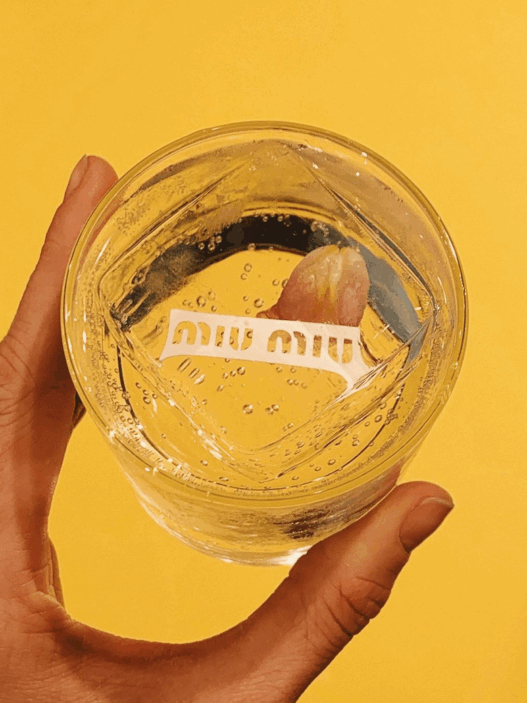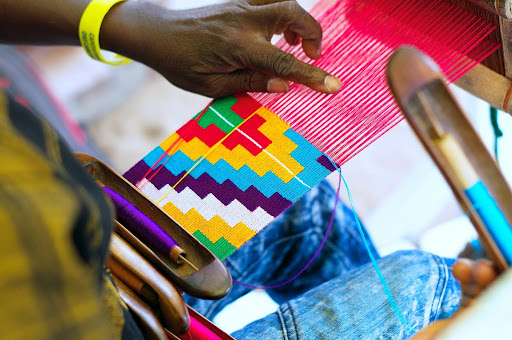In a world where counterfeiting has become alarmingly common, brands are stepping up their game, not just in innovation but also in protection. A great example is Pop Mart’s boxes, which now come with QR codes on their packaging. When scanned, these codes lead users to an authentication page, where entering the product’s serial number helps verify its authenticity. I also recall buying a bag some time ago that came with a unique serial number for authentication, and I genuinely loved that detail. It added a layer of trust and exclusivity, making me feel like my money was truly well spent.
The Purpose of the QR Code: Authentication & Why it Matters
We all know QR codes! They are those little squares you scan with your phone. But they are capable of so much more than just linking to a website. When used for authentication, they act as a digital fingerprint, verifying the authenticity of a product. Think of it as a high-tech version of a seal of approval, right on the packaging. This matters because it gives consumers confidence and protects your brand from the damage caused by counterfeits.
Understanding the Threat: The Impact of Counterfeiting on Your Brand and IP
Counterfeiting is a multi-billion-dollar industry. Recent reports from Corsearch estimate that counterfeits accounted for 3.3% of global trade in 2023 and will grow to 5% by 2030, meaning $1 in every $20 spent globally on products could be spent on counterfeit goods. Therefore, protecting your intellectual property is crucial, and authentication is a key part of that defense.
So, how can a simple QR code fight such a complex problem? The beauty lies in its versatility and ease of use. If you feel that holograms or RFID tags are expensive, then QR codes are relatively inexpensive to implement. More importantly, almost everyone has a smartphone capable of scanning them. This makes authentication accessible to the average consumer.
QR codes used for authentication can be tied to unique product data stored in a secure database. This data can include manufacturing information, location, and even distribution channels. If a scanned QR code doesn’t match the data in the database, it’s a red flag!
How QR Code Authentication Works: A Deep Dive into the Process
At its core, QR code authentication involves generating a unique QR code for each product unit. This QR code isn’t just a static URL; it is dynamically linked to a secure server that verifies its authenticity.
Here’s a simplified breakdown:
- Unique Code Generation: A unique QR code is created for each individual product, often incorporating cryptographic techniques for added security.
- Secure Database: The information encoded in the QR code is linked to a record in a secure database containing legitimate product details.
- Scanning and Verification: When a consumer scans the QR code, their smartphone sends a request to the secure server.
- Real-Time Verification: The server compares the scanned data with the data in its database.
- Authentication Result: The consumer receives instant feedback on their phone, either confirming the product’s authenticity or warning them of a potential counterfeit.
Brands need to understand that implementing QR code authentication doesn’t have to be complicated. They just need to select a provider with robust security measures and experience in anti-counterfeiting; ensure that the QR code is prominently displayed on their product packaging, making it easy for consumers to find and scan; consider using tamper-evident labels to prevent the QR code from being copied or replaced; and communicate the purpose of the QR code and encourage consumers to verify the authenticity of their purchase.
Brands, please also know that simply slapping a QR code on your product isn’t enough. You need to track its effectiveness. Monitor scan rates, geographic locations of scans, and reported instances of suspected counterfeits. This data provides valuable insights into the effectiveness of your anti-counterfeiting efforts, helps you identify areas for improvement, and helps you know the possible areas where counterfeits are being sold (this is where you hire IP enforcement agencies/firms to do an investigation and take required legal measures).
While QR codes are a great starting point, the future of brand protection involves integrating them with other technologies. Think blockchain, NFC chips, and even AI-powered image recognition. These technologies can work together to create a multi-layered defense against counterfeiting, making it increasingly difficult for counterfeiters to repQlicate your products. Ultimately, staying ahead of the curve requires continuous innovation and adaptation.
Louis Vuitton uses NFC tags on bags and shoes. Customers can scan the tag with a smartphone to check if the product is genuine.
It’s time to move beyond seeing QR codes as just a link to a website. See them as a powerful tool in the fight against counterfeiting. Protect your brand, protect your customers, and safeguard your future, one scan at a time.







